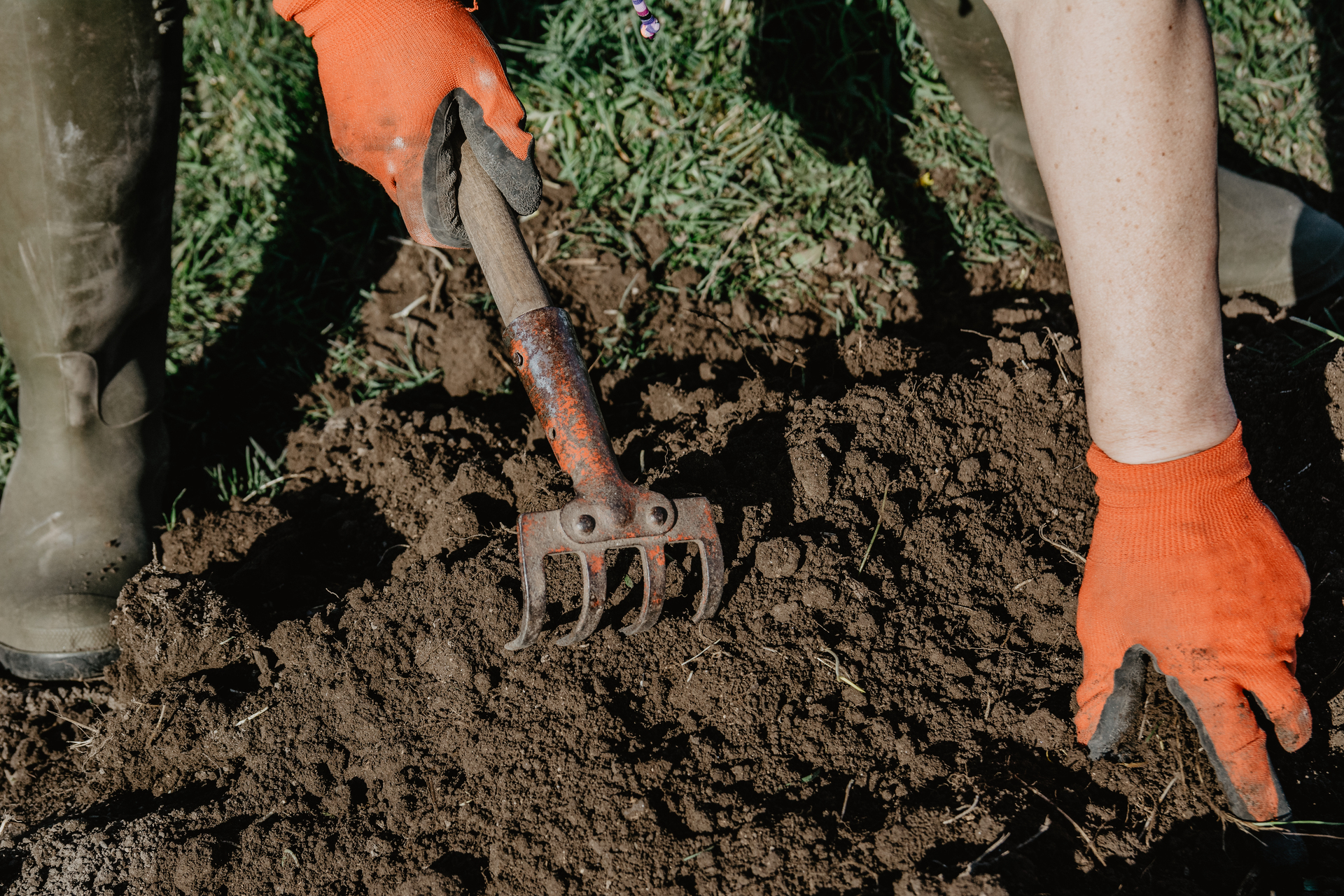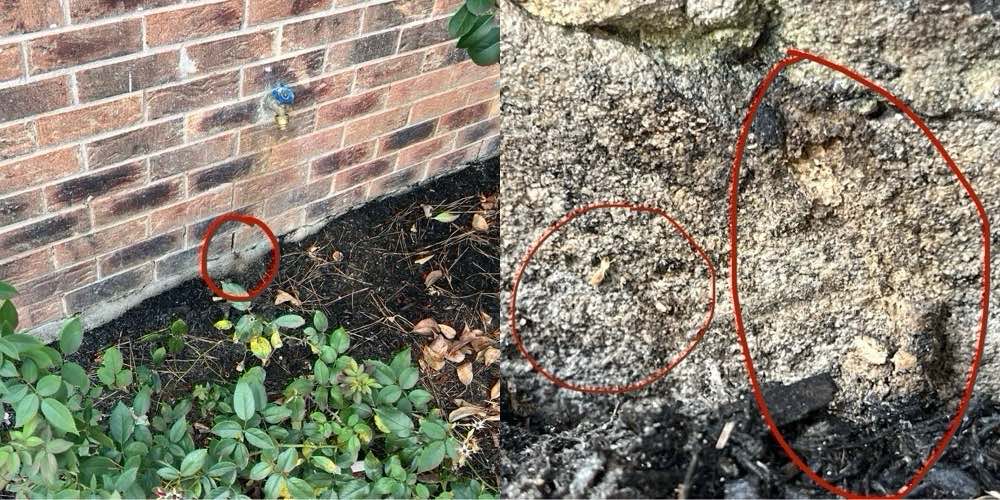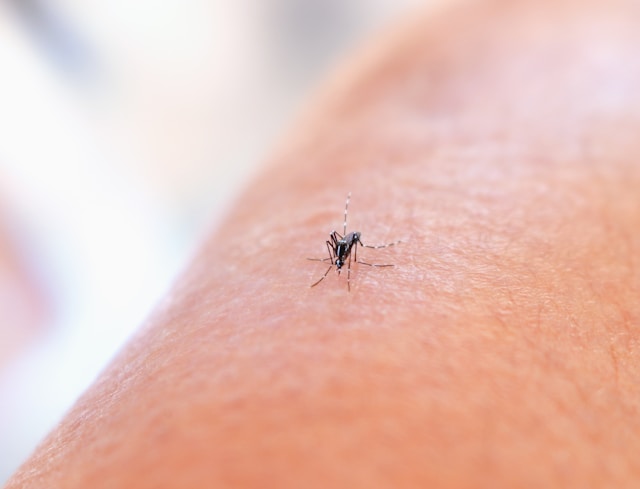Your landscaping does more than enhance curb appeal; it can either discourage or attract pests, often in ways homeowners don’t realize. Moisture, shelter, and food sources found in common landscaping elements can unintentionally encourage pest activity near your home. Understanding which features contribute to infestations and how to modify them helps reduce the likelihood of pests like ants, termites, mosquitoes, rodents, and more establishing themselves on your property.
Moisture Retention and Drainage Problems
Excessive moisture around your home’s perimeter is one of the primary reasons for increased pest activity. Many pests thrive in damp environments, and certain landscaping elements, if poorly maintained, can trap water in soil or near foundations.
Mulch beds, for instance, are a common culprit. While aesthetically pleasing and good for plants, mulch holds moisture and provides an ideal hiding spot for ants, termites, and other insects. Overwatering garden beds or failing to grade soil properly can lead to pooling water, which attracts mosquitoes and other moisture-loving pests.
Ensure proper drainage around your property by:
- Sloping soil away from your foundation
- Using gravel or crushed stone instead of dense organic mulch
- Cleaning gutters and downspouts regularly to prevent overflow
- Avoiding overwatering and installing drip irrigation where necessary
Adjusting your irrigation and landscape materials can drastically reduce conditions that attract pests and contribute to hidden infestations.
Plant Selection and Placement
The types of plants and where you place them can directly affect pest populations. Dense vegetation near your home’s walls offers convenient cover for pests seeking entry points. Additionally, some plants are more likely than others to harbor insects due to their structure or water retention.
- Avoid planting shrubs or bushes too close to the home’s foundation. Maintain at least 12–18 inches of clearance.
- Select pest-repellent plants like lavender, rosemary, and marigolds in ornamental beds.
- Trim tree branches so they do not touch roofs or upper floors. Overhanging limbs give ants and rodents a bridge to access your attic or vents.
Vegetation that grows in compact clusters or holds moisture (like ivy or groundcover vines) tends to shelter a variety of insects and rodents. Planning your garden with spacing and airflow in mind creates a less attractive environment for pests.
Hardscaping and Pest Harborages
Hardscaping elements like patios, retaining walls, and decorative rocks are common in modern landscaping, but these features can also offer shelter to pests if installed or maintained improperly.
- Cracks between pavers or beneath stone borders often become nesting areas for ants and spiders.
- Hollow retaining walls or poorly sealed edging stones can house rodents, snakes, or stinging insects.
- Wood decking, especially if untreated or unsealed, becomes an entry point for termites.
To reduce pest risks, seal gaps in stonework, ensure proper installation of barriers, and regularly inspect wooden structures for early signs of wear or pest damage. Strategic hardscaping choices can help deter pest movement across your property.
Yard Maintenance Practices That Matter
Routine maintenance plays a huge role in managing outdoor pest activity. A tidy yard is not just for aesthetics; it removes hiding spots and breaks the pest lifecycle.
Key maintenance steps include:
- Mowing the lawn regularly and trimming hedges to reduce harborage zones
- Raking leaves and removing debris piles promptly
- Storing firewood at least 20 feet away from the home and off the ground
- Removing standing water from planters, birdbaths, and outdoor equipment
These sanitation practices directly impact pest populations. As discussed in this guide to the role of sanitation, maintaining a clean, well-organized yard can significantly lower the risk of outdoor pests migrating indoors.
Seasonal Adjustments and Climate-Smart Strategies
Texas weather brings fluctuating pest pressures, especially during warmer months when many insects become more active. Landscaping choices that may be fine in cooler seasons can become problematic once summer arrives.
Summer heat and humidity often trigger increased nesting behaviors in pests like mosquitoes, ants, and termites. To stay ahead of these seasonal surges, consider:
- Swapping organic mulch for stone or rubber during summer
- Shading certain areas of the yard to discourage heat-attracted pests
- Rotating plant species seasonally to interrupt pest habits
- Scheduling regular landscape assessments during peak pest seasons
For more insights, check out these essential summer pest tips that show how outdoor habits and landscaping care intersect with successful pest management year-round.
Don’t Let Your Yard Invite Trouble
A beautiful landscape should be a source of pride, not a magnet for pests. If you’re concerned that your yard may be contributing to pest issues, reach out to the experts at Fullscope Pest Control for a thorough inspection and tailored outdoor pest prevention plan.




